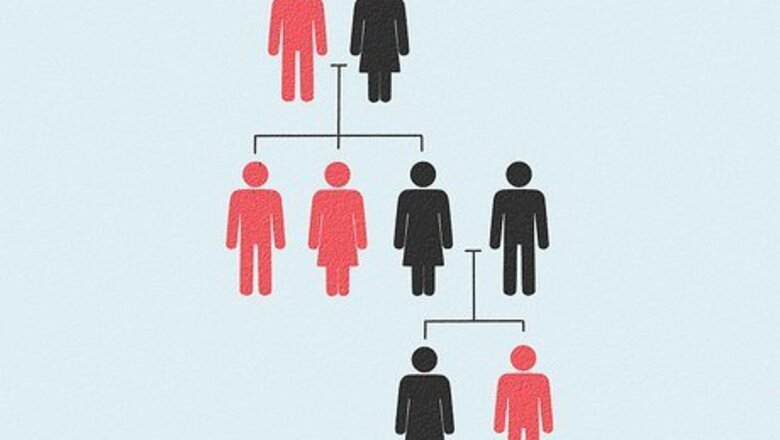
views
X
Trustworthy Source
Cleveland Clinic
Educational website from one of the world's leading hospitals
Go to source
In this article, we’ll walk you through all the potential reasons why your hair isn’t growing so you can better understand and assess your situation. Plus, we’ll provide you with all the best hair growth solutions available, from natural to medical. Read on for healthy, happy hair!This article is based on an interview with our licensed cosmetologist, certified hair loss practitioner, and cosmetology educator, Courtney Foster. Check out the full interview here.
- Stress, genetics, a poor diet, and thyroid disorders are the most common reasons for stunted hair growth.
- Maintaining a healthy diet full of nutrient-rich foods such as spinach, eggs, berries, and beans is an excellent way to promote hair growth.
- Talk with your doctor to learn whether clinical hair growth treatments such as Minoxidil and Finasteride are a good option for you.
What causes hair to stop growing?
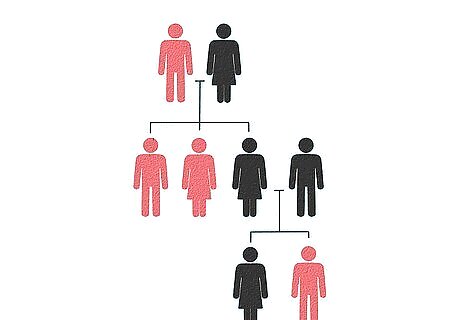
Genetics Suppose you’ve noticed your parents or other biological family members developing thinning hair or balding prematurely. In that case, you may be predisposed to androgenetic alopecia or alopecia areata (hair loss/lack of growth caused by genetics). Hair loss in women is referred to as female pattern hair loss (FPHL) or (MPHL) male pattern baldness in men. Hair loss can be passed down on either side of your family. Keep in mind that even the healthiest scalps shed around 150 hairs a day—it’s natural and expected!

Age While people of all ages can experience a lack of hair growth at any time throughout their life, hair growth tends to slow for men in their 30s and after menopause for women due to changes in hormone levels. The older you get, the shorter your hair cycle becomes, making it thinner and more prone to breakage. Hair tends to get weaker with old age due to the accumulation of styling, processing, etc. and is also related to your diet and overall physical health.
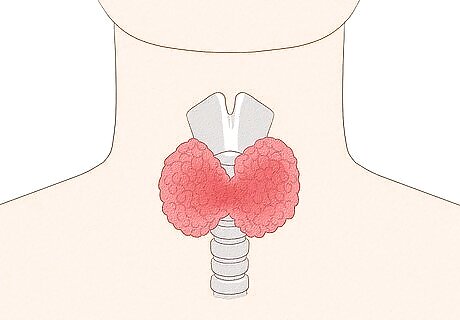
An underactive or overactive thyroid Hypo and hyperthyroidism cause the thyroid to produce too much or too little of certain hormones like T3 and T4, which can contribute to thinning, brittle hair. If you struggle with fatigue and/or nervousness, your lack of hair growth may be caused by a thyroid disorder. Weight gain (underactive thyroid) and weight loss (overactive thyroid) are other thyroid disorder symptoms. If you suspect you have an under or overactive thyroid, consult your doctor to check for a thyroid disorder and determine the best possible treatment. Graves’ disease and Hashimoto’s Thyroiditis are thyroid-related autoimmune disorders that may lead to hair loss. Other non-thyroid-related hormone disrupters, such as PCOS, childbirth, breastfeeding, and other postpartum complications, can also cause stunted hair growth.
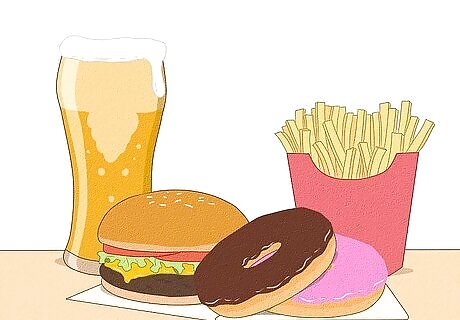
Poor diet Your body loves nutrient-rich foods packed with vitamins and minerals, so if you haven't been eating the best as of late, your hair growth might be slowing down as a result. Think of a nutrient-rich diet as the cup of coffee your hair needs to jump-start back into action! Maintaining an active lifestyle may also boost hair growth, as a quick metabolism contributes to the production of hair follicles.
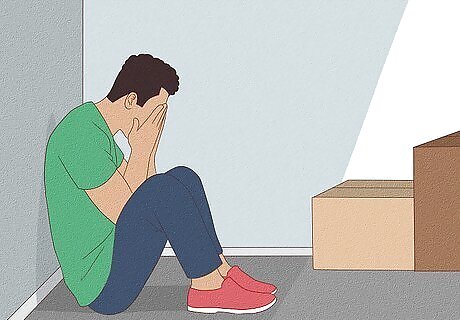
Psychological and physical stress Stress has been scientifically proven to cause hair loss, as it triggers a response that prematurely puts hair follicles into the telogen phase or the shedding phase of the hair-growth cycle. Telogen effluvium (temporary hair loss) tends to occur around 2-3 months after a stressful event, such as a big move or the loss of a loved one and may last for about 6 months. Symptoms of telogen effluvium include rapid hair loss (over 150 strands present on your pillow, brush, etc.), thinning hair, and dry hairs that fall out easily. Participating in activities such as meditation or journaling are proven ways to reduce stress and improve both physical and mental health.
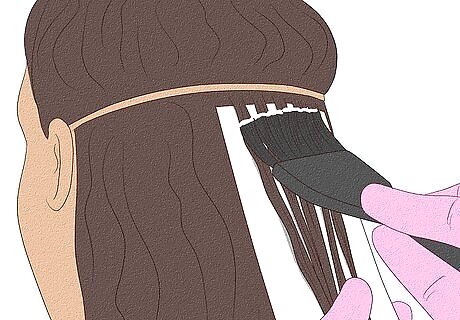
Chemical treatments Chemical products and treatments like dye, bleach, and relaxers strip the hair follicle of its natural oils. This leads to split ends and further breakage, making it extremely challenging to grow your hair past a certain length. Keep your hair moisturized with conditioning masques around once a week to combat dryness from chemical treatments. To combat breakage and split ends, aim to get a trim once every 8 weeks. Remember that hair takes about a month to start growing again after a haircut.
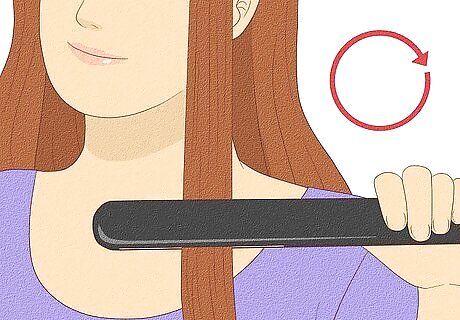
Styling Issues If you’re constantly using heat and excessive products on your hair, such as multiple serums and oils, your hair has likely become brittle and prone to breakage, thus stunting your hair growth. Use a heat protectant before styling your hair with hot tools and be sure to thoroughly cleanse your scalp with shampoo on wash day to remove any product buildup. Tight hairstyles such as ponytails can also lead to breakage and split ends.
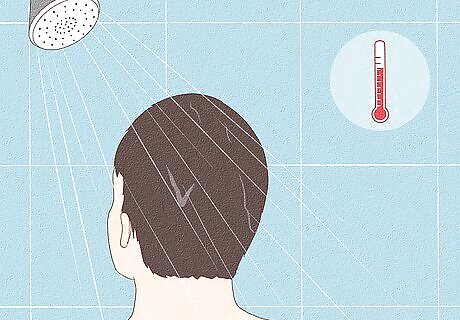
Improper haircare routine Whether you’re a little too heavy-handed brushing your hair or use too little or too much product when washing your hair, you may be causing breakage and stunting your hair’s growth. To combat this, avoid washing your hair in hot water and develop a haircare routine suitable for your specific hair type and texture, like using a shampoo and conditioner made for fine hair, etc. Frequent washing also strips your hair of natural oils and can cause breakage, so aim to wash it no more than 2-3 times a week.
Hair Cycles

Hair grows in a 3-part cycle. Regardless of type or texture, hair goes through a 3-part cycle, consisting of the Anagen, Catagen, and Telogen phases which can be described as follows: Anagen (growth): The most active phase of the hair growth cycle, the anagen phase forms new follicles and elongates your hair shafts. Hair follicles can be in the anagen phase for up to 4 years (anywhere from 80-90% of your hairs may be in the anagen phase right now!) Catagen (resting): During this transitional stage of hair growth, the lower portion of the follicle degenerates and stops growing (around 5% of your hair is in the catagen stage at any given time.) Telogen (shedding): In this final resting stage, the hair follicle becomes inactive and is held in place by a keratin bulb (white root at the top of a strand) until it falls out, and the hair growth cycle begins again.
Home Remedies
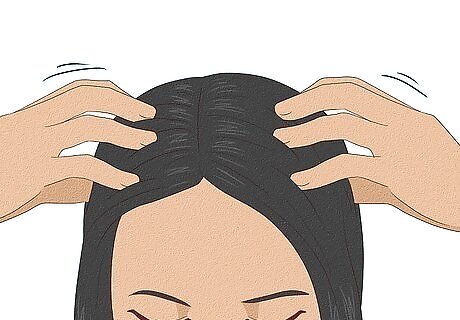
Massage your scalp to encourage hair growth. Not only do scalp massages feel great, but they also encourage blood flow to the scalp which can help with hair growth and thickness! To give yourself a scalp massage, gently run your fingers through your hair in circular motions, gradually working your way from the top of your scalp to the bottom for around 6 minutes, 1-2 times daily. Scalp massages are particularly helpful for those with hair loss in one patch or on a specific side of their head, as massaging that particular area will promote hair-boosting blood flow to the site.
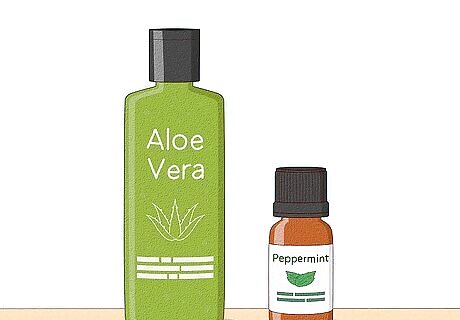
Opt for botanical oils and ingredients to boost hair production. Natural oils and plant-based ingredients such as aloe vera have been proven to help nourish the scalp’s skin barrier, thus promoting hair growth. To use these botanical ingredients, simply apply a few drops of oil or a dollop of aloe to your scalp and massage it into your scalp with your fingertips, letting it sit until your next wash period. Some excellent hair-growth-boosting botanicals include geranium, rosemary, peppermint oil, and saw-palmetto.

Maintain a nutrient-rich diet and drink 6-8 glasses of water daily. Food and proper hydration can be a powerful medicine, so consuming hair-growth boosting foods such as spinach, eggs, berries, nuts, and fish as well as drinking 6-8 glasses of water a day may be just what you need to kick-start your hair back into action. Additionally, taking a biotin supplement may be helpful to include in your diet if your doctor approves, as biotin is believed to increase hair volume, thickness, and shine, though research is limited.
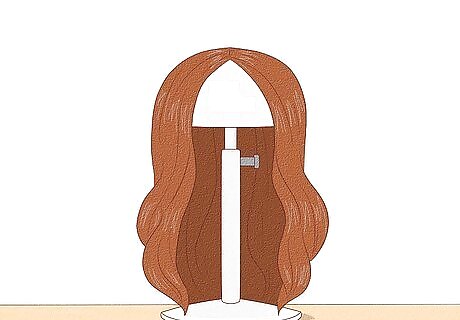
Try sprays, wigs, and extensions to fake length and fullness. If you’re looking for an instant fix while you wait for your lovely locks to start growing again, don’t be afraid to experiment with fun fake-hair options such as fiber sprays, wigs, extensions, etc. These temporary fixes may help you achieve the length and fullness you desire without commitment. Consult with a hairstylist about any temporary hair options that might work for you. Additionally, there are countless tutorials on YouTube detailing how to cover up hair loss in a way that makes you feel confident—this could be an opportunity to experiment with your look and have some fun!
Medical Treatments
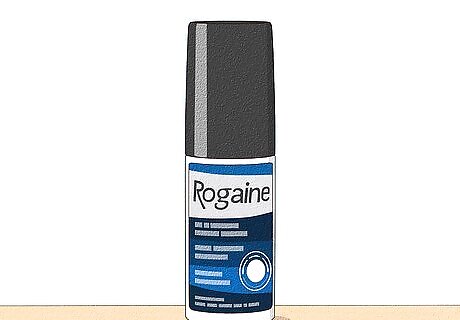
Use Minoxidil treatments to improve blood flow to the scalp. Minoxidil, also known as Rogaine, works to widen the hair follicle so more blood flow can get to the scalp, thus promoting hair growth. Talk with your doctor about whether taking/applying Minodoxil might be an effective hair-growth option for you. Some topical Minoxidil treatments are available without a prescription. Minoxidil treatments take around 4-8 weeks to start working.
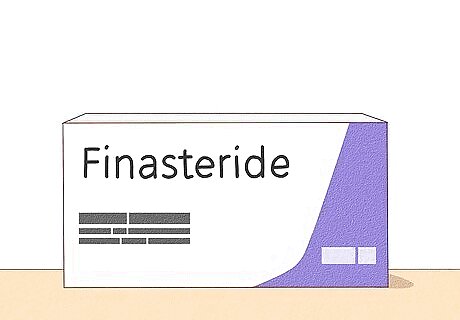
Try Finasteride to block hair-loss-inducing enzymes. Finasteride, also known as Propecia, works to promote hair growth by stopping testosterone from becoming dihydrotestosterone, a known hair growth inhibitor present in both men and women. Talk to your doctor about Finasteride to determine whether it’s an appropriate hair loss treatment option for you. Finasteride is typically taken orally and takes around 3-4 months to start working. Finasteride has several side effects, including congenital disabilities, and can only be prescribed by your doctor.

Consider getting a hair transplant for treatment-resistant hair loss. If you’ve already tried both home and medical remedies, getting a hair transplant may be a good option. This pricy surgical procedure involves moving hair from healthy areas of your scalp to cover a bald area or patch. A natural-looking outcome is dependent on the surgeon you select, so be sure to do your research by reading reviews before booking this procedure. Less invasive options such as scalp micro pigmentation (essentially a tattoo on your scalp) may be beneficial in creating the illusion of fuller hair in treatment-resistant bald patches.














Comments
0 comment